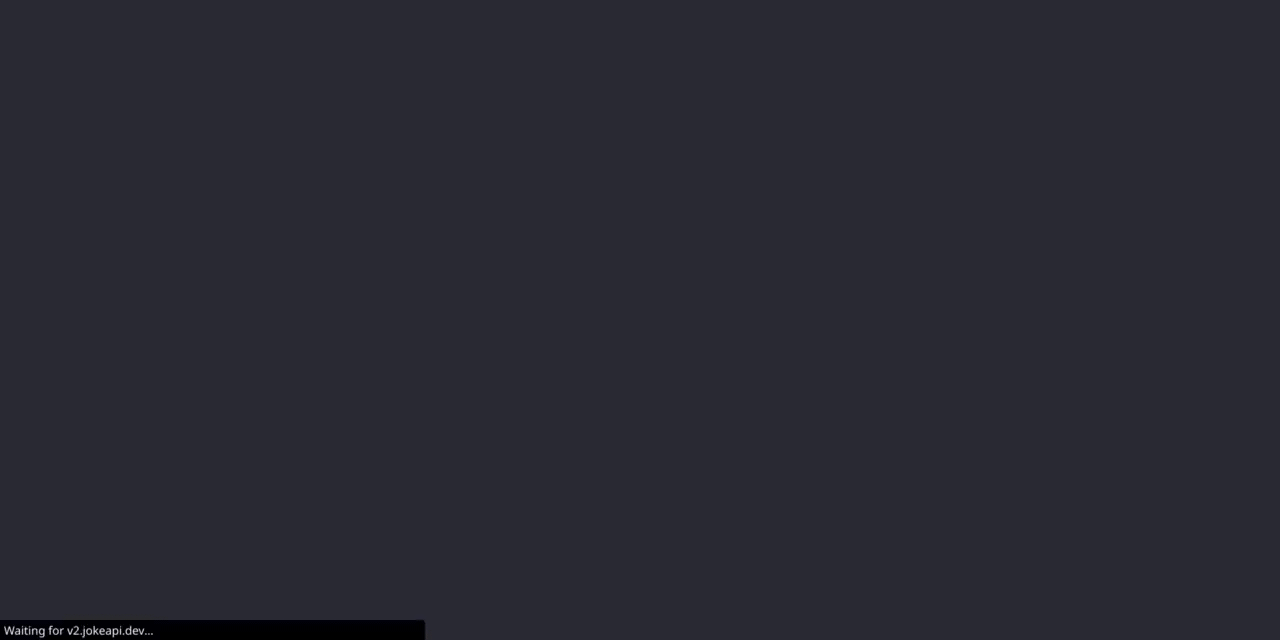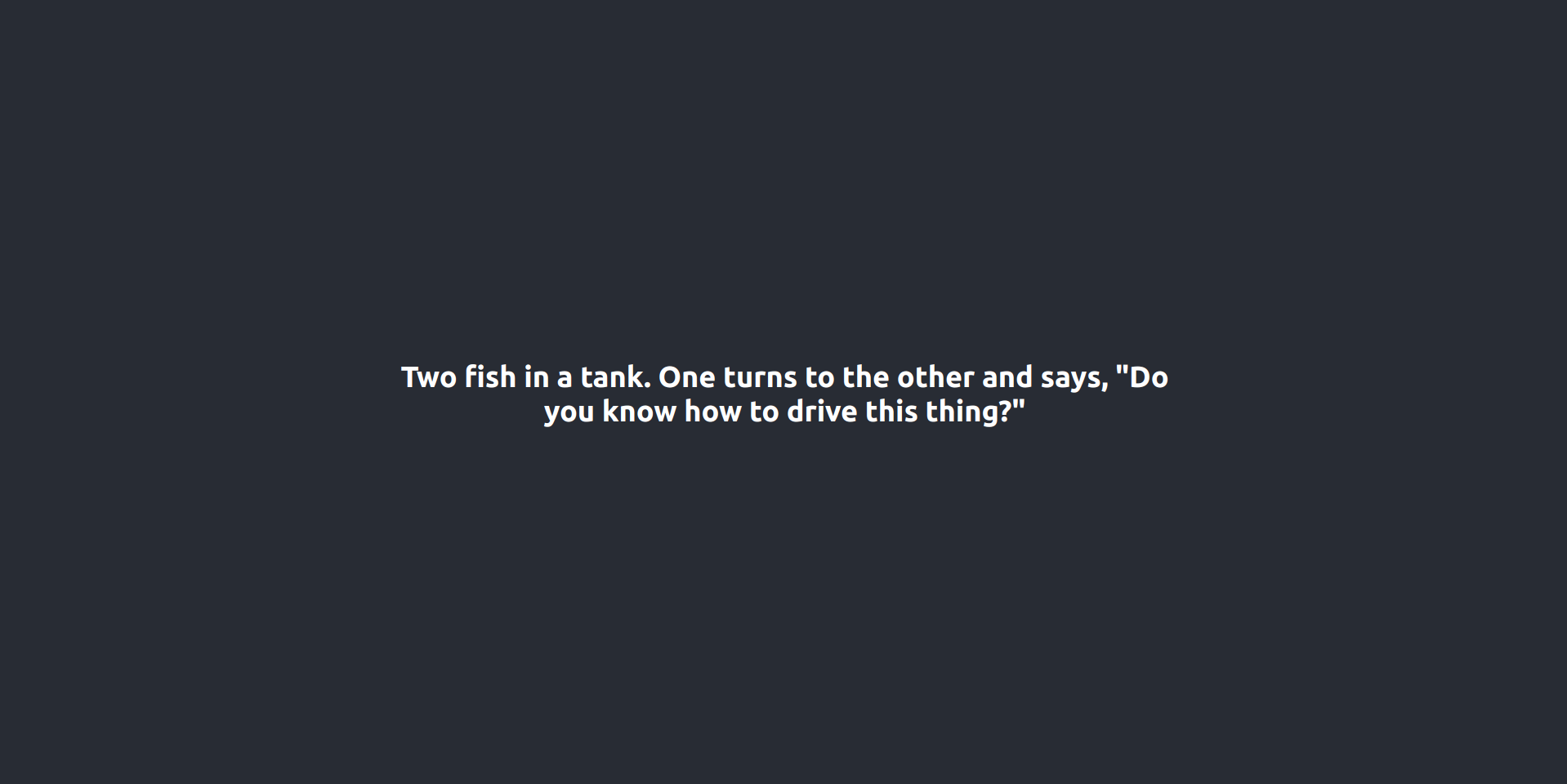Using react hooks
May 24, 2021

What are react hooks ?
Hooks were added to React 16.8, they allow us to use state and the other lifecycle methods without writing a class, they make it possible to only use functional components.
You might ask, "why use hooks in the first place if they are just replacements to functionalities that we already had while using class components !", but that is not the case, Hooks come with lot's of improvements over the lifecycle methods used in class components.
React Hooks allow us to address cross-cutting concerns in a much more elegant way than the previous patterns such as higher-order components and render props. Functionalities such as logging and authentication are not component-specific and React Hooks allow us to attach this type of reusable behavior to components.
In this blog post I will show you how to use the two most important hooks (useState and useEffect) that you will need to build your classless react app, I will demonstrate by building a random joke generator using this public api
api: https://v2.jokeapi.dev/joke/Any
useState
This method allows us to use state in our functional components, it return an array with a state and a method to change that state
const [state, setState] = useState();
// state will have the initial state in this case undefined
// setState is the function that we can use to update the state
To update the state
setState('words');
// you would use it as such,
//the parameter takes in the value you want to update the state with
In our app we'll use the basic setup that comes with create-react-app and update it as follows
import { useState } from 'react';
import './App.css';
function App() {
//we created a state joke that is intialized with a string value for now
const [joke, setJoke] = useState(
"There are only 10 kinds of people in this world: those who know binary and those who don't."
);
return (
<div className="App">
<header className="App-header">
<h3>{joke}</h3>
</header>
</div>
);
}
export default App;
Now our app looks like this !🤘
 (I have to say that's a funny joke)
(I have to say that's a funny joke)
useEffect
React Hooks introduces the useEffect() method to replace
a class component’s lifecycle methods componentDidMount, componentDidUpdate, and componentWillUnmount.
The method also allows side effects in your functional component,
such as changing content in the document object model and fetching data.
useEffect() will run after every component render.
From Reacts documentation
useEffect Accepts a function that contains imperative, possibly effectful code.
Mutations, subscriptions, timers, logging, and other side effects are not allowed inside the main body of a function component (referred to as React’s render phase). Doing so will lead to confusing bugs and inconsistencies in the UI.
Instead, use useEffect. The function passed to useEffect will run after the render is committed to the screen. Think of effects as an escape hatch from React’s purely functional world into the imperative world.
By default, effects run after every completed render, but you can choose to fire them only when certain values have changed.
That is a lot to take in !
I'll start by explaining what is effectful code ? !
effectful code is code that affects something outside of the scope of the function that is being excuted, also known as side effects
Side effects can be observed in such events:
- Modifying a global variable
- Modifying local scope, such as assigning to a variable
- Modifying memory in-place, such as assigning to an object property or pushing to an array
- Making network requests
- Printing to the terminal
- Modifying the DOM tree
//Example
useEffect(() => {
fetchData(); // making a network request
//eveythig inside this function will be called on every render
//fetchData() will be called everytime the component re-renders
});
useEffect takes a dependencies array as a second parameter,
this will allow us to make it run only when we want it to.
In our Jokes app we want to use the random jokes api to update the state on every render.
To do that we'll use the useEffect() method and the setJoke() method that we got from useState()
import { useState, useEffect } from 'react';
import './App.css';
function App() {
const [joke, setJoke] = useState('');
useEffect(() => {
getRandomJoke();
});
//fetching the data and setting and updating state
const getRandomJoke = async () => {
const response = await fetch('https://v2.jokeapi.dev/joke/Any?type=single');
const result = await response.json();
if (!result.error) {
setJoke(result.joke);
}
};
return (
<div className="App">
<header className="App-header">
<h3>{joke}</h3>
</header>
</div>
);
}
export default App;

Interesting it looks like the joke is changing ! But it doesn't stop !
The useEffect() method is running every single time the joke state is changing, this makes it run
in an infinite loop !
To fix that we will use the dependencies array, we want it to run only on the first render so we will pass an empty array like such
useEffect(() => {
getRandomJoke();
}, []); //passed an empty array []
 (Enjoy the joke !)
(Enjoy the joke !)
This fixes it, now it runs only on the first render !
Kudos for reaching till the end 👍 !
There are a lot more information to be covered, but I'll keep them for another time (another blog post)
Check out the offical documentation
You can find the github repo of for the random joke generator here